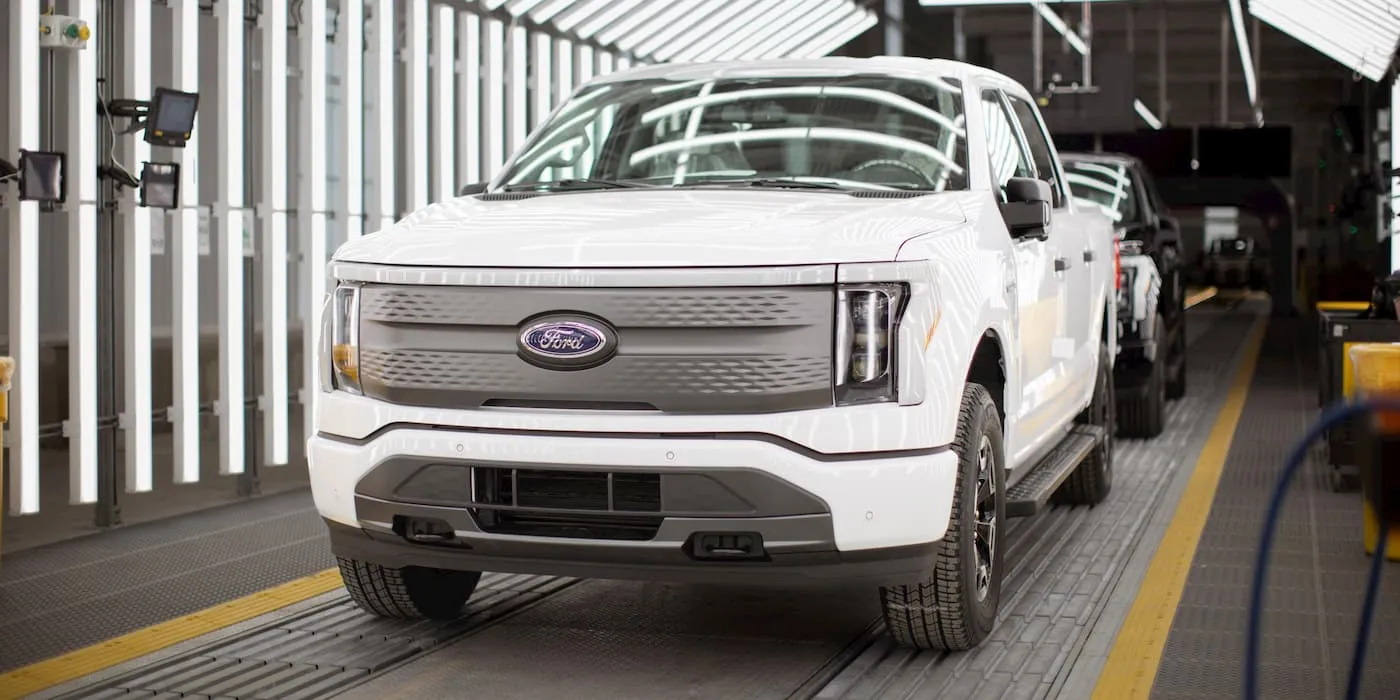
With losses piling up, Ford is cutting back on EV battery orders. According to sources, the move comes as Ford’s EV losses pile up, topping over $100,000 per electric car built in the first quarter.
After announcing plans to delay around $12 billion in EV spending last year, Ford has continued to push back EV initiatives, citing slower-than-expected market demand.
After cutting F-150 Lightning production again earlier this year (for the second time in less than five months), Ford trimmed the workforce at its Rouge EV plant, where the electric truck is built.
Ford revealed the plans in January, claiming EV demand was slowing. According to Ford spokesperson Jessica Enoch (via The Detroit Free Press), one-third of the 2,100 workers remained at the plant starting April 1, 2024.
Meanwhile, 700 workers have been transferred to its Michigan Assembly plant, while the other 700 were offered a $50,000 retirement package or reassignment to the MI facility.
The move didn’t result in job losses. Instead, workers were offered reassignments or retirement. Now, it looks like Ford is throttling back on more EV plans.
Ford cuts battery orders as losses top 100K per EV
According to people with knowledge of the matter, Ford is cutting battery orders from suppliers with growing EV losses.
The move comes after Ford slashed prices, creating even larger EV losses. In a new Bloomberg report, one source said Ford lost over $100,000 for every EV built in the first quarter—more than double the amount lost a year ago.
Despite cutting orders, Ford is maintaining partnerships with its battery suppliers including SK, LG Energy Solution, and CATL.
CATL said its “cooperation with Ford is moving forward as normal,” while SK and LG said their contracts with Ford remain. Meanwhile, a Ford spokesperson said the company doesn’t typically comment on supplier relationships.
Ford projects Model e losses to reach $5.5 billion this year after a $1.3 billion EBIT loss in Q1. Although Ford expects EV costs to improve, the company expects this will be offset by top-line pressure.
